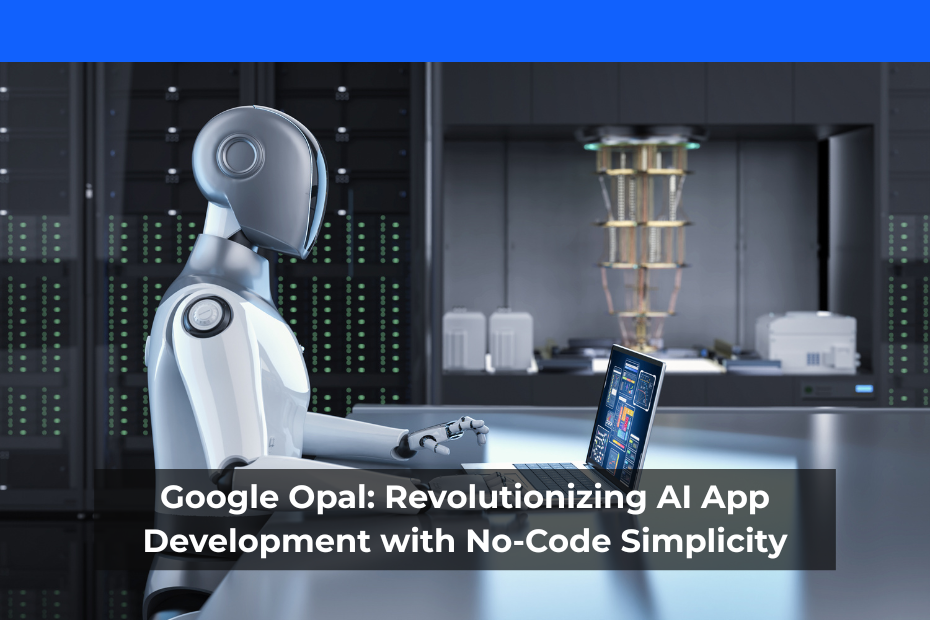In the rapidly evolving landscape of artificial intelligence, Google Labs has unveiled a groundbreaking tool that’s set to democratize AI app development. Google Opal is an experimental no-code platform that enables users to create AI-powered mini-applications through natural language descriptions and a visual workflow editor. This innovative tool represents a significant leap forward in making AI development accessible to everyone, regardless of their coding expertise.
The blog post covers:
- Introduction to Google Opal
- Key Features
- Business Applications
- No-Code Revolution
- Future Implications
What Makes Google Opal Revolutionary?
Opal lets you create mini web apps using text prompts, or you can remix existing apps available in a gallery. The beauty of this platform lies in its simplicity – users simply describe the app they want to create in plain English, and Opal’s sophisticated AI models handle the complex development process behind the scenes. This approach eliminates the traditional barriers that have kept non-technical users from creating AI-powered applications.
The platform allows users to build and share powerful AI mini apps that chain together prompts, models, and tools — all using simple natural language and visual editing. This means that complex AI workflows, which previously required extensive programming knowledge, can now be constructed through an intuitive drag-and-drop interface.
Empowering Businesses Through Accessible AI
For businesses like those served by USAT Inc., Google Opal represents a paradigm shift in how companies can leverage AI technology. Our clients in custom software development and mobile app development can now rapidly prototype AI-enhanced solutions without the traditional development overhead. This acceleration in prototyping capabilities means faster time-to-market for innovative business solutions.
Currently available in the United States only, Opal was introduced July 24 and is already making waves in the tech community. The platform’s visual workflow approach allows business owners and entrepreneurs to experiment with AI concepts, test market viability, and iterate on ideas before committing to full-scale development projects.
The Future of No-Code AI Development
Opal automatically generates a visual workflow from natural language instructions, allowing you to build and share apps without writing a single line of code. This capability opens up entirely new possibilities for businesses to integrate AI into their operations. From customer service chatbots to data analysis tools, the applications are limitless.
The tool’s gallery of existing applications provides inspiration and starting points for users, while the remix functionality allows for customization and adaptation of proven concepts. This community-driven approach fosters innovation and knowledge sharing across different industries and use cases.
Implications for Your Business
At USAT Inc., we recognize that Google Opal represents more than just a new development tool – it’s a glimpse into the future of business technology. As we continue to provide custom software development and IT managed services, tools like Opal enable us to offer our clients even more value through rapid AI prototyping and development.
For businesses looking to explore AI integration, Opal provides a risk-free environment to test concepts and validate ideas. The platform’s ability to chain together different AI models and tools means that complex business processes can be automated and enhanced with minimal technical investment.
Conclusion
Google Opal is poised to transform how businesses approach no-code AI development. By removing technical barriers and providing an intuitive, visual development environment, it empowers organizations of all sizes to harness the power of artificial intelligence. As this technology continues to evolve, businesses that embrace these accessible AI tools will gain significant competitive advantages in their respective markets.
The future of AI development is here, and it’s more accessible than ever before.

